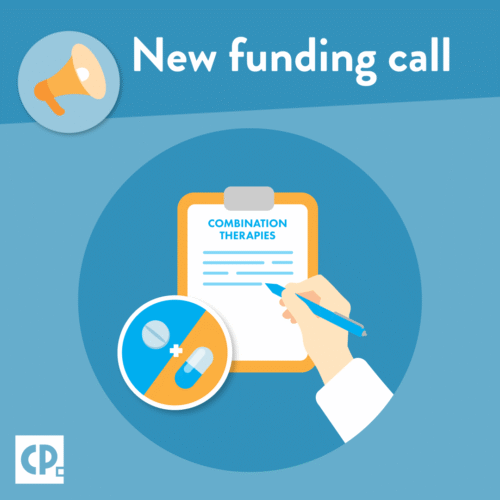Neurotrophic factors for Parkinson’s: insights from a previous workshop
In 2023, Cure Parkinson’s hosted a workshop where leading experts reviewed the potential of neurotrophic factors as a treatment for Parkinson’s disease. A commentary paper summarising the key outcomes was recently published in the Journal of Parkinson’s Disease.
What are neurotrophic factors?
Neurotrophic factors, or nerve growth factors, are small proteins that support nerve cells (neurons) and encourage their growth and survival in the brain. Specifically, neurotrophic factors have demonstrated significant protective and regenerative properties in the lab on dopamine-producing neurons, which are the type of neuron lost in Parkinson’s. This has generated considerable interest in their potential to slow or stop the progression of the condition.
However, translating these findings into practical, effective treatments for people living with Parkinson’s has proven to be a difficult task. A key consideration is the blood-brain barrier – a protective layer of cells surrounding the brain. Most neurotrophic factors are too large to pass through the blood-brain barrier, meaning that a surgical approach is usually necessary to enable direct delivery to the brain. Researchers are actively investigating different ways to overcome this challenge, including two Cure Parkinson’s funded pre-clinical studies involving the neurotrophic factors cerebral dopamine neurotrophic factor (CDNF) and growth differentiation factor (GDF5).
Investigating the latest advancements in neurotrophic factor research
In 2023, Cure Parkinson’s hosted a neurotrophic factor workshop at Cumberland Lodge, Windsor, held alongside the annual International Linked Clinical Trials (iLCT) meeting. The event brought together international experts to share insights and discuss the latest advancements in the field of neurotrophic factor research. The recent commentary paper, published in Journal of Parkinson’s Disease, highlights the key takeaways from the workshop and progress made in this important area of Parkinson’s research.
The topics discussed at the meeting included:
- Which neurotrophic factors are best suited for Parkinson’s?
- Which stages of the disease should be targeted with neurotrophic factors?
- What are the optimal delivery approaches for neurotrophic factors in Parkinson’s?
- Can we use neurotrophic factors with cell transplantation approaches?
The recently published paper discusses the promising results from ongoing preclinical studies investigating neurotrophic factors like CDNF and GDF5, as well as the setting up of new clinical trials. One of the biggest takeaways, however, is the current initiatives to improve delivery of these therapies. A promising approach being explored is gene therapy, which involves using modified, inactive viruses to deliver useful DNA to influence the way the cell behaves. Researchers hope to increase the production of important neurotrophic factors in neurons, such as glial cell line-derived neurotrophic factor (GDNF). This method would only require a one-time surgery, bypassing the need for repeated treatments. Last year, Cure Parkinson’s hosted a webinar discussing gene therapy and its potential for Parkinson’s treatments, including neurotrophic factors.
Overall, the meeting served as a very productive event at which the attendees were able to share fresh data, identify new ways to collaborate, and highlight new directions for the field. There was an atmosphere of renewed optimism and hope for neurotrophic factors as a potential therapeutic approach for Parkinson’s, particularly with the announcement of a new GDNF gene therapy trial in Parkinson’s as well as a new CDNF trial.




